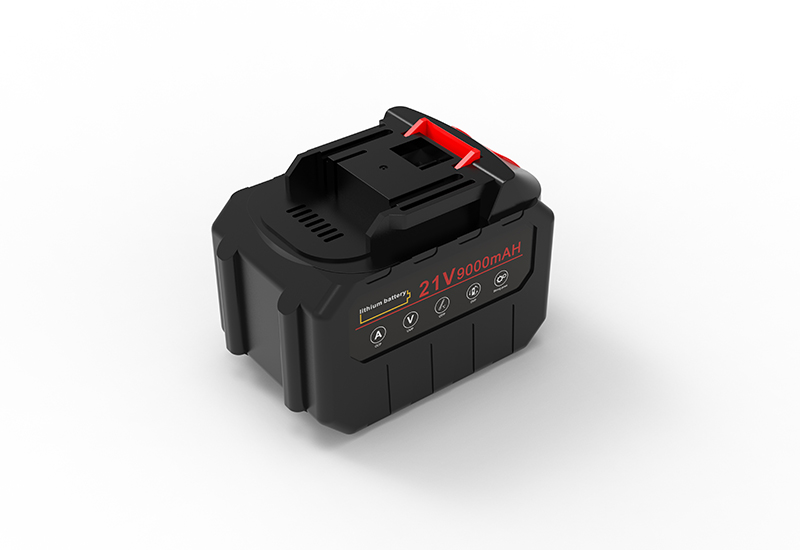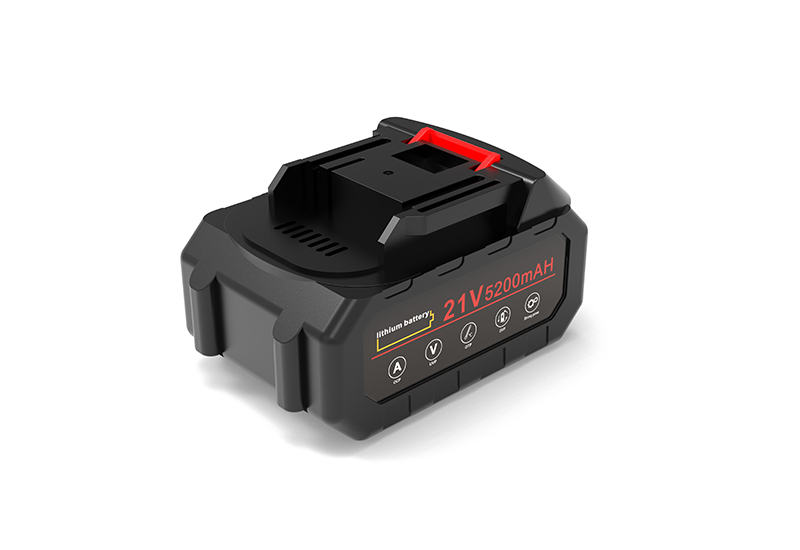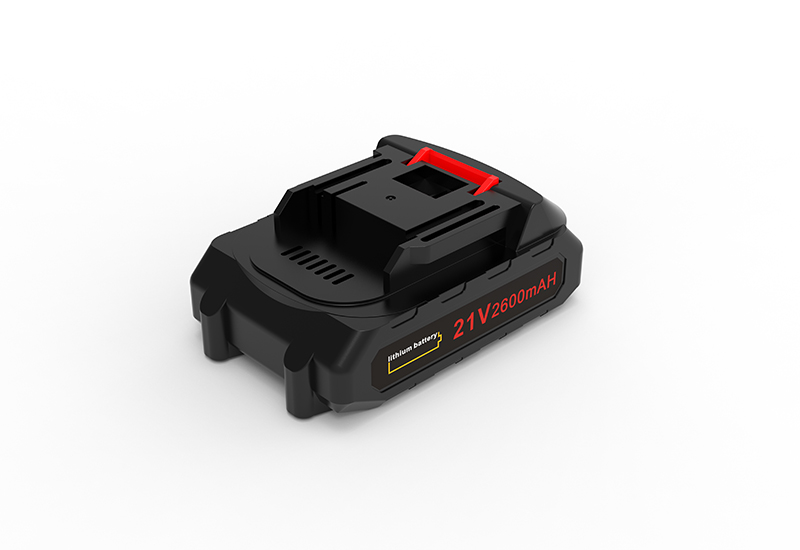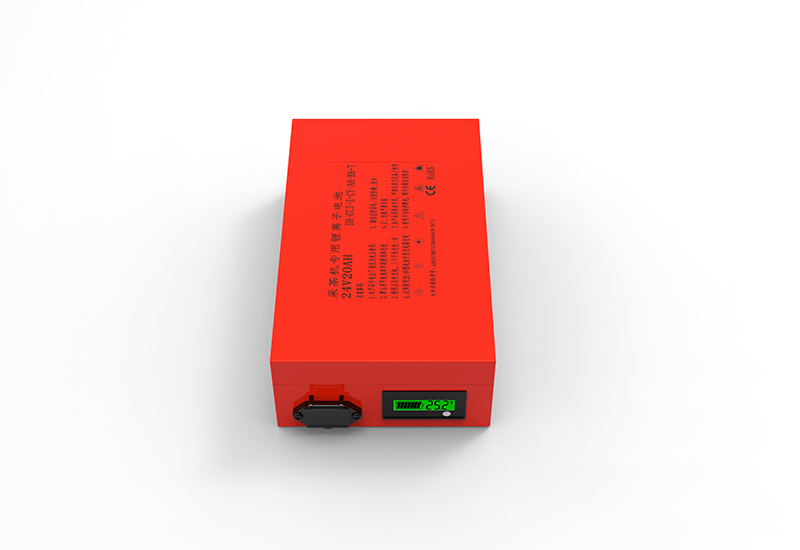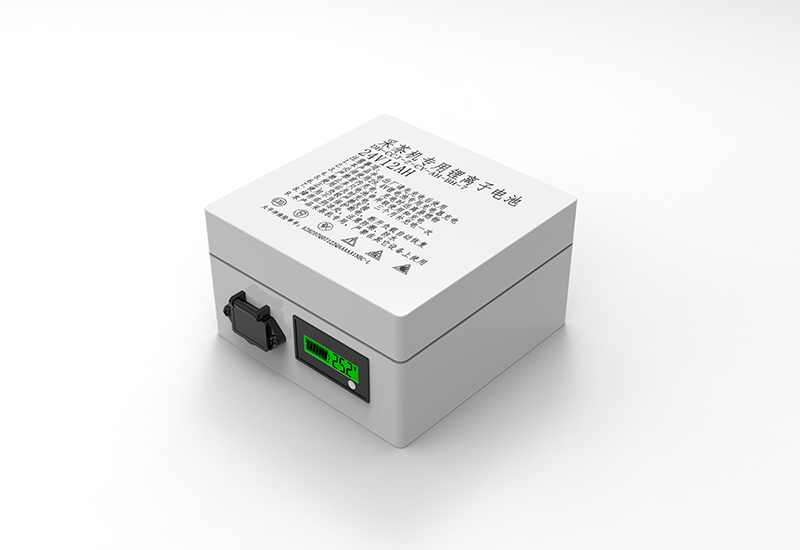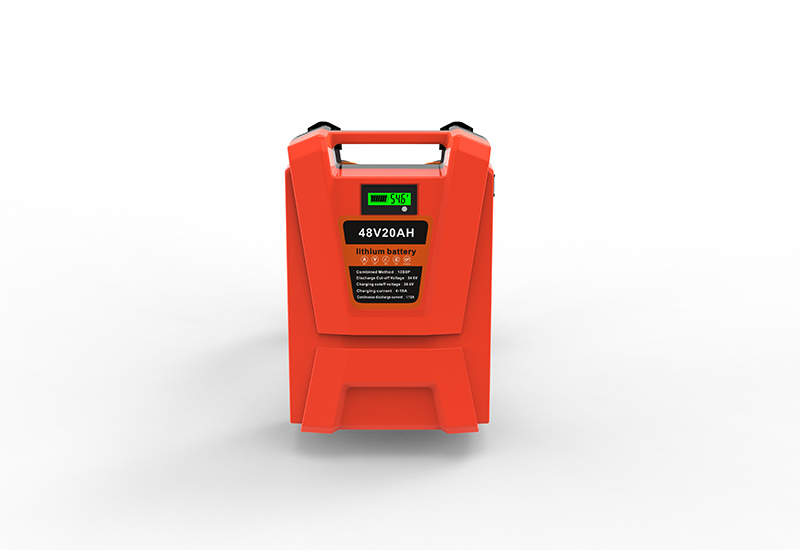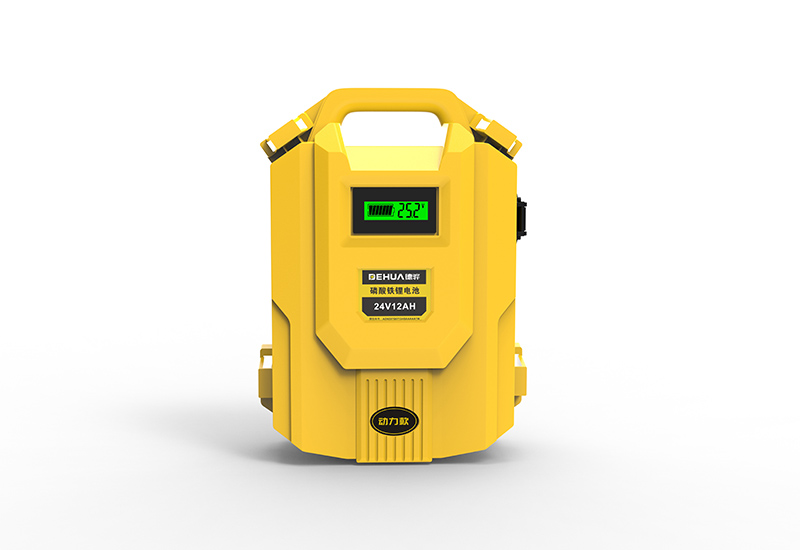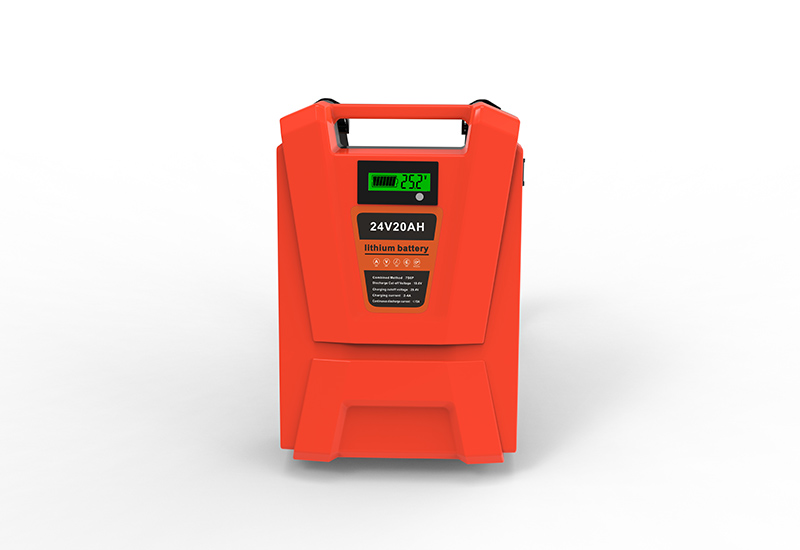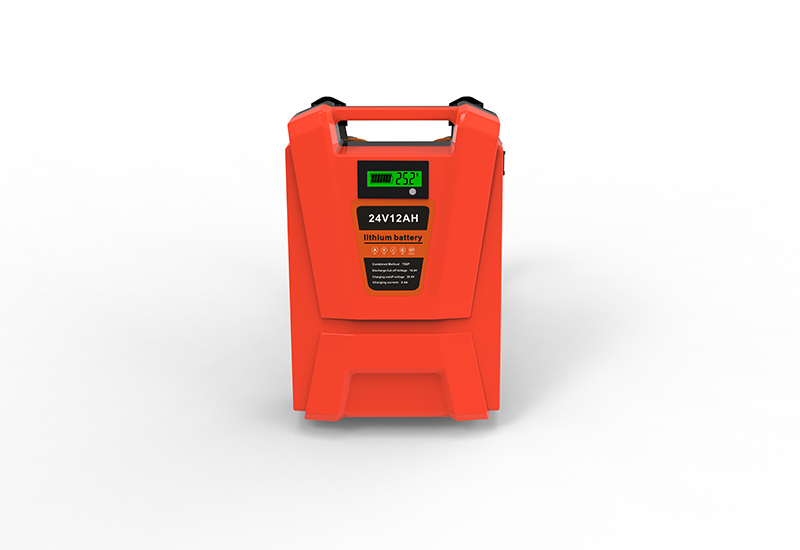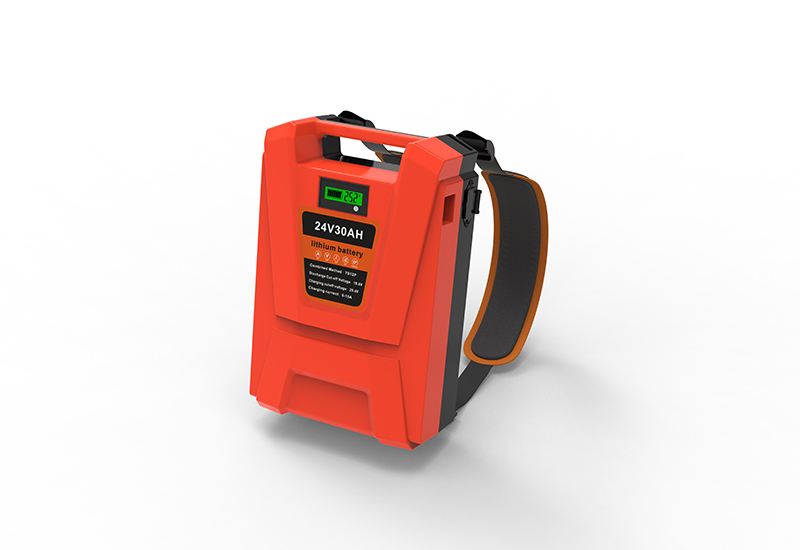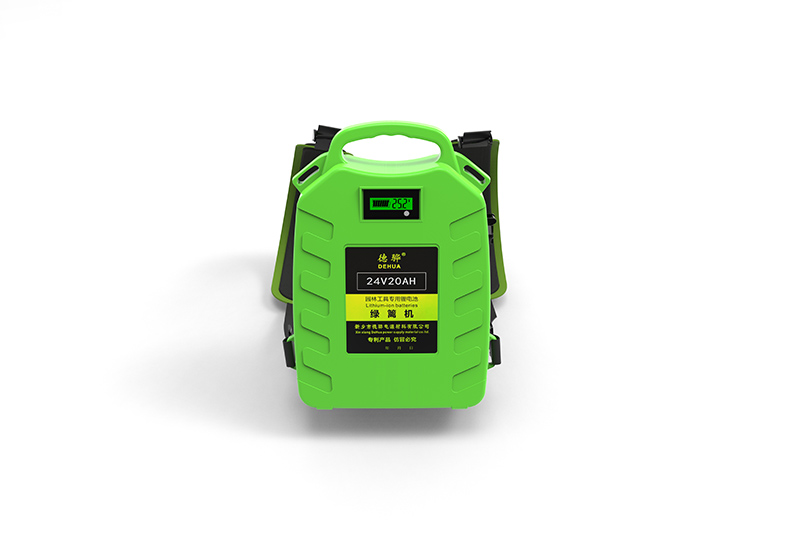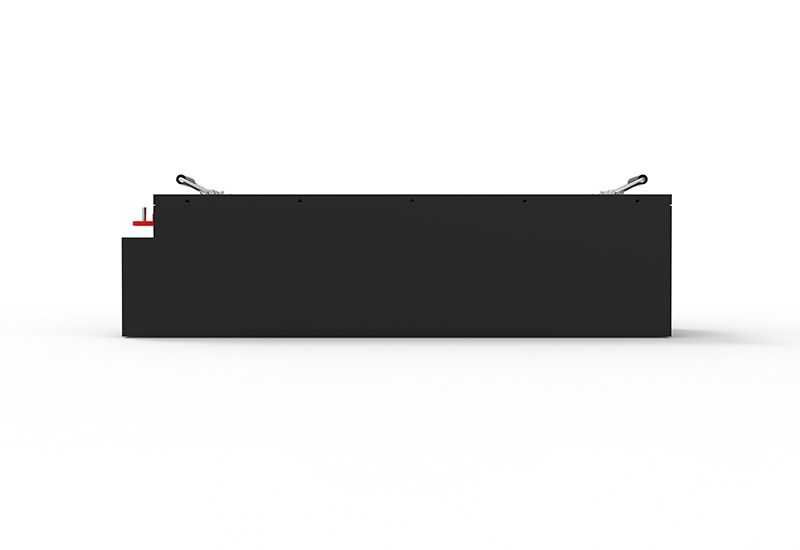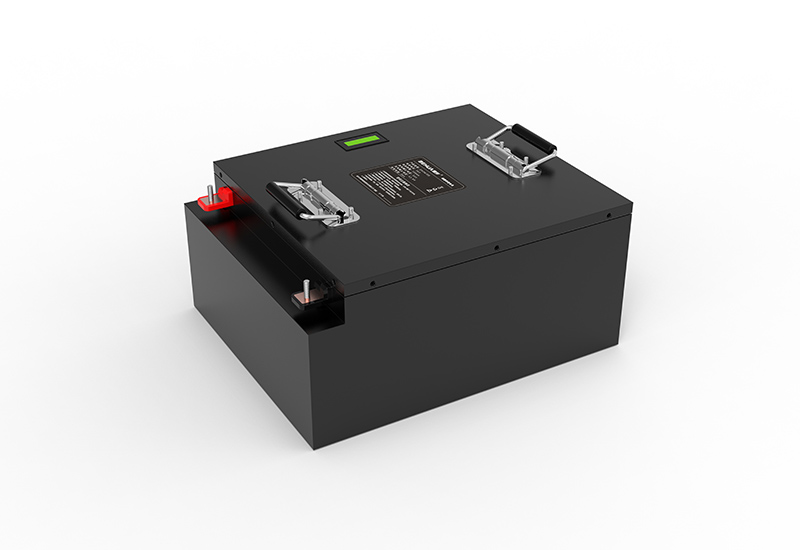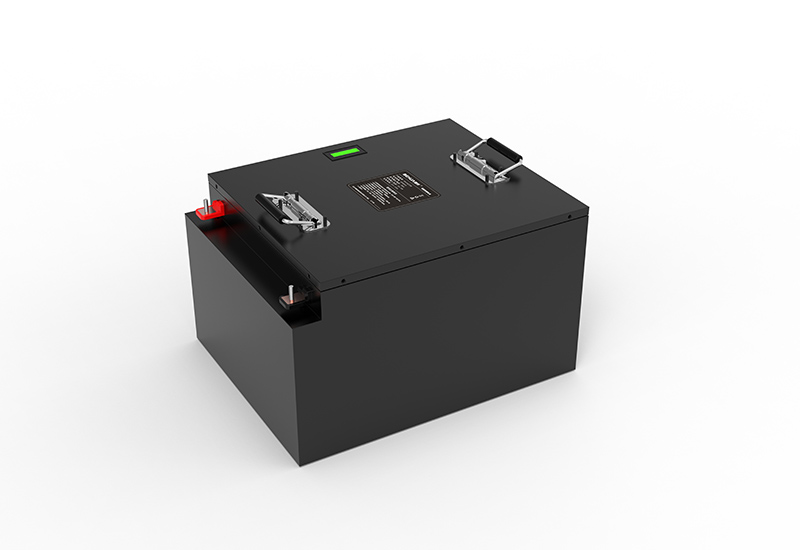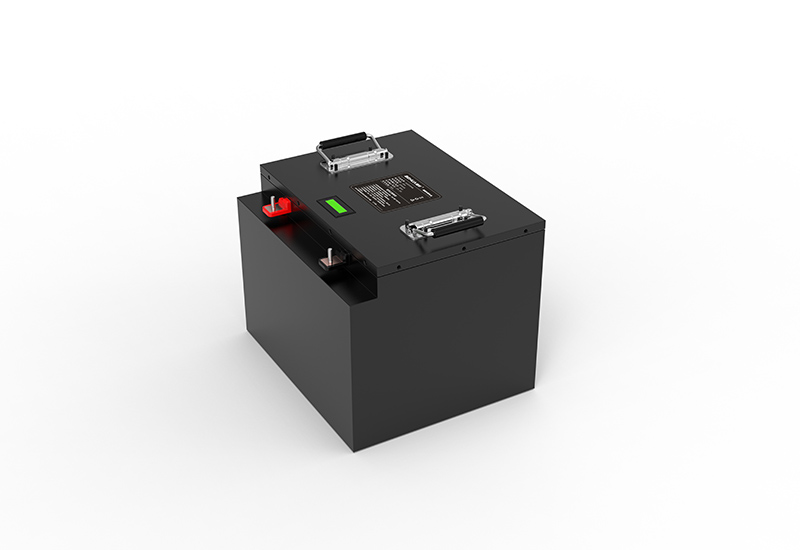To assess whether the battery of a Dehua lithium battery tea-picking machine requires replacement, consider the following factors:
I. Significant Decline in Endurance Capacity
- **Reduced Working Hours**
Compare the current working hours of the battery to its original performance when new. For instance, if a lithium battery tea-picking machine initially operated continuously for 4 to 5 hours on a full charge but now only functions for 2 to 3 hours or less, this indicates aging effects. As batteries age and usage increases, the efficiency of internal chemical reactions diminishes, leading to reduced capacity for storing and releasing electrical energy.
- **Abnormal Rate of Power Consumption**
Monitor the rate at which battery power is consumed under consistent working conditions. If you observe that power depletion occurs significantly faster than before—such as previously experiencing about a 20% drop per hour during normal leaf picking but now seeing drops between 40% and 50% per hour—this may signal degradation in battery performance and suggest that replacement is necessary.
II. Abnormal Charging Situations
- **Extended Charging Time**
If charging takes considerably longer than usual to reach full capacity, it could indicate aging within the battery. For example, if a battery that once charged fully in 2 to 3 hours now requires upwards of 4 to 5 hours or more, this suggests diminished ability within individual cells due to increased internal resistance affecting charging speed.
- **Inability to Fully Charge**
Should the battery fail to achieve its normal full charge state (e.g., only reaching up to 80% or less) regardless of charging duration, this signifies severe capacity decline potentially caused by cell damage or electrolyte evaporation. Typically, such symptoms indicate that replacement should be considered as service life nears completion.
III. Unstable Battery Performance
- **Output Voltage Fluctuations**
Utilize a voltmeter or similar tools during operation to measure output voltage from the battery. Notable fluctuations—for instance where stable output should hover around 24V yet frequently varies between18V and24V—can disrupt normal operations like motor speed stability and blade cutting force adequacy; these variations may stem from cell aging or malfunctions within management systems necessitating further inspection regarding potential replacement needs.
- **Frequent Automatic Shutdowns**
If frequent automatic shutdowns occur even while some power remains indicated on the display panel ,it may imply insufficiently stable voltage/current supply preventing proper functioning .This represents significant deterioration in overall performance impacting operational efficiency warranting consideration towards replacing said unit .
IV.Battery Appearance & Physical Condition
- **Battery Bulging/Deformation**
Examine physical appearance closely ;if any bulging deformation observed ,this poses serious danger signs .Bulging typically results from gas buildup inside due overcharging /overdischarging/internal short-circuiting etc.Affected units not only exhibit compromised functionality but also present risks including explosion/fire hazards requiring immediate cessation use followed by prompt replacements.
- **Electrolyte Leakage**
Signs indicating leakage such as liquid seeping out around casing accompanied pungent odors (some electrolytes emit strong smells) signify structural integrity compromise .Leakage exacerbates corrosion issues affecting both internal components/external connections rendering them incapable performing normally thus necessitating urgent replacements.


